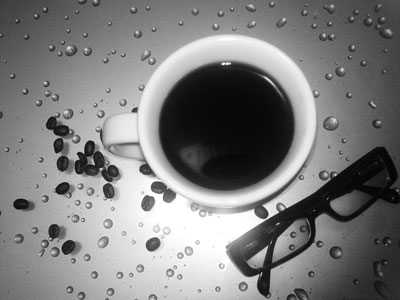All Nonfiction
- Bullying
- Books
- Academic
- Author Interviews
- Celebrity interviews
- College Articles
- College Essays
- Educator of the Year
- Heroes
- Interviews
- Memoir
- Personal Experience
- Sports
- Travel & Culture
All Opinions
- Bullying
- Current Events / Politics
- Discrimination
- Drugs / Alcohol / Smoking
- Entertainment / Celebrities
- Environment
- Love / Relationships
- Movies / Music / TV
- Pop Culture / Trends
- School / College
- Social Issues / Civics
- Spirituality / Religion
- Sports / Hobbies
All Hot Topics
- Bullying
- Community Service
- Environment
- Health
- Letters to the Editor
- Pride & Prejudice
- What Matters
- Back
Summer Guide
- Program Links
- Program Reviews
- Back
College Guide
- College Links
- College Reviews
- College Essays
- College Articles
- Back
The Truth About Keurigs
Over the past couple of years, Keurig coffee makers have taken over homes and businesses all around. For those who live fast paced lives or are just too lazy to operate the old-fashioned drip coffee maker, a Keurig might be the right fit. But would those people continue to use them if they found out the truth? Keurig users are too caught up with staying on trend and on time, constantly popping K-Cups into their brewers without giving it another thought. The truth is that along with health hazards in the brewers, K-Cups themselves are a huge environmental issue.
Pod-Machine sales have increased six-fold in the last seven years, helping single-serve coffee makers to survive and strive. Besides the brand name or flavor of beverage, users don’t typically pay attention to what they are putting in their machines. K-Cups are made from specialized plastic with four different layers, making it extremely hard to recycle without separating components, which would be very difficult. They are specifically composed of plastic number seven, a mix that is only recyclable in a handful of cities in Canada. Because of the limited amount of sites that can recycle this type of plastic, it was estimated that 13 million K-Cups went into landfills in the year 2014 (Erin Chamerlik). The inventor of K-Cups himself, John Sylvan, admits that they are not environmentally friendly and probably never will be. “No matter what they say about recycling, those things will never be recyclable”. By 2020 Keurig pledged to create a fully recyclable and biodegradable version of the K-Cup, but clearly Sylvan has no faith that it will happen (James Hamblin). And if that is not enough to persuade you, what if someone told you that the K-Cups are not the only unhealthy factor of the Keurig single serve coffee maker, but also the brewer itself?
Although many kitchen items, for example, a dish sponge carry bacteria and possibly mold, the thought of putting those germs in your mouth and through your body is quite unsatisfying. Many lab tests and experiments were run to see just how sanitary the revolutionary coffee maker is. “Once your Keurig home brewer has been primed, you cannot empty the water from the inside. The internal tank of the brewer cannot be drained” said Keurig.com. That statement sparked up worry and discontentment among customers worldwide. When asked about this topic many people just assumed that the hot water kills the bacteria when in fact the water does not reach a high enough temperature. The bacteria can also come from the stagnant water that may have been sitting in the brewer for days. For those handful of Keurig lovers that refused to believe it was true, scientists wanted to experiment in their clinical laboratories. After multiple tests, results showed that signs of E.Coli, Streptococcus aureus, and a variety of molds were present in the Keurig (Erin Chamberlik).
Personally after reading those results I was completely turned off by the idea and concept of a single serve coffee brewer.

Similar Articles
JOIN THE DISCUSSION
This article has 0 comments.
